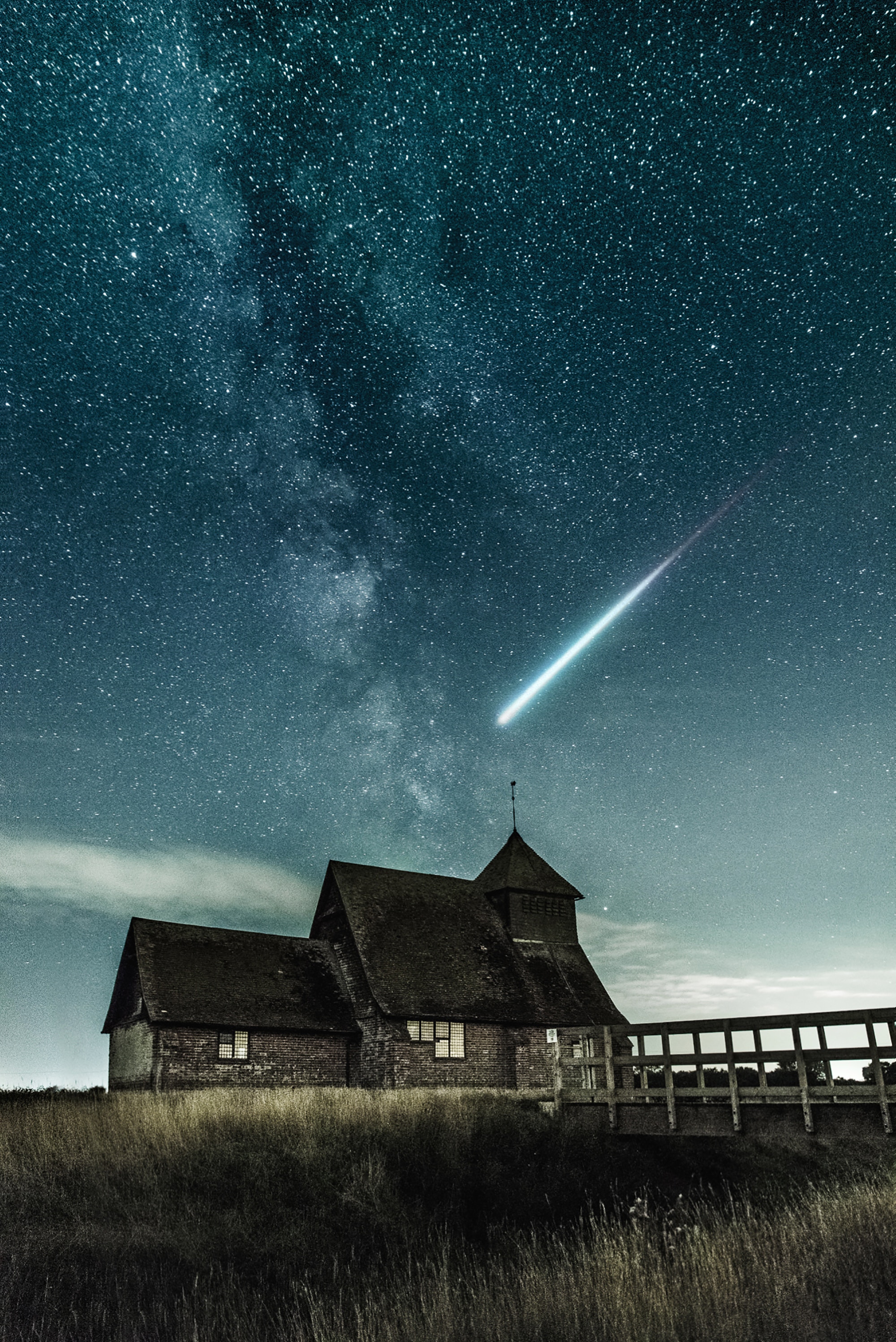I’m happy to announce that I’ll be teaching my four-week Photography for Writers class again this spring.
Beginning on April 5, 2019, this class is tremendously fun and a great way for writers to sharpen their photography muscles and vice versa. No photography experience necessary, and you can use whichever kind of camera (including camera phone) you’d like.
For more details and to sign up to reserve your spot in this cool online workshop now, please visit: Imagery Power: Photography for Writers. Feel free to message me with any questions.
Photo courtesy of Alfonso Reyes, https://unsplash.com











